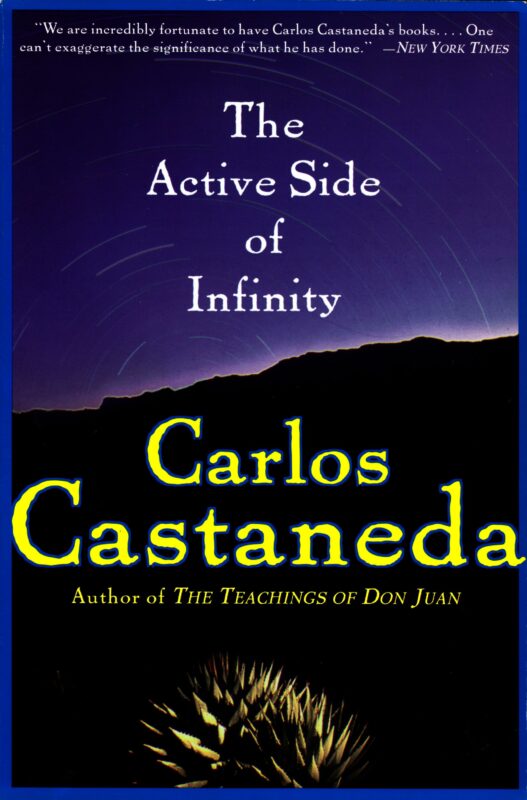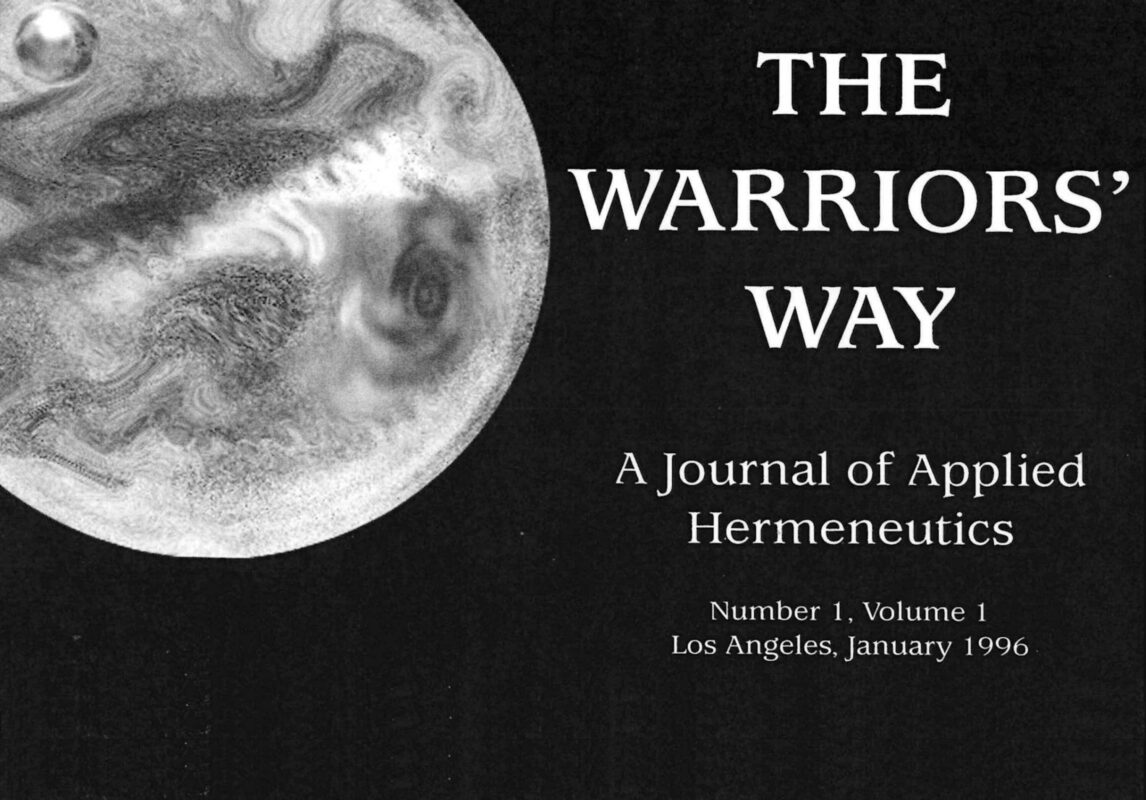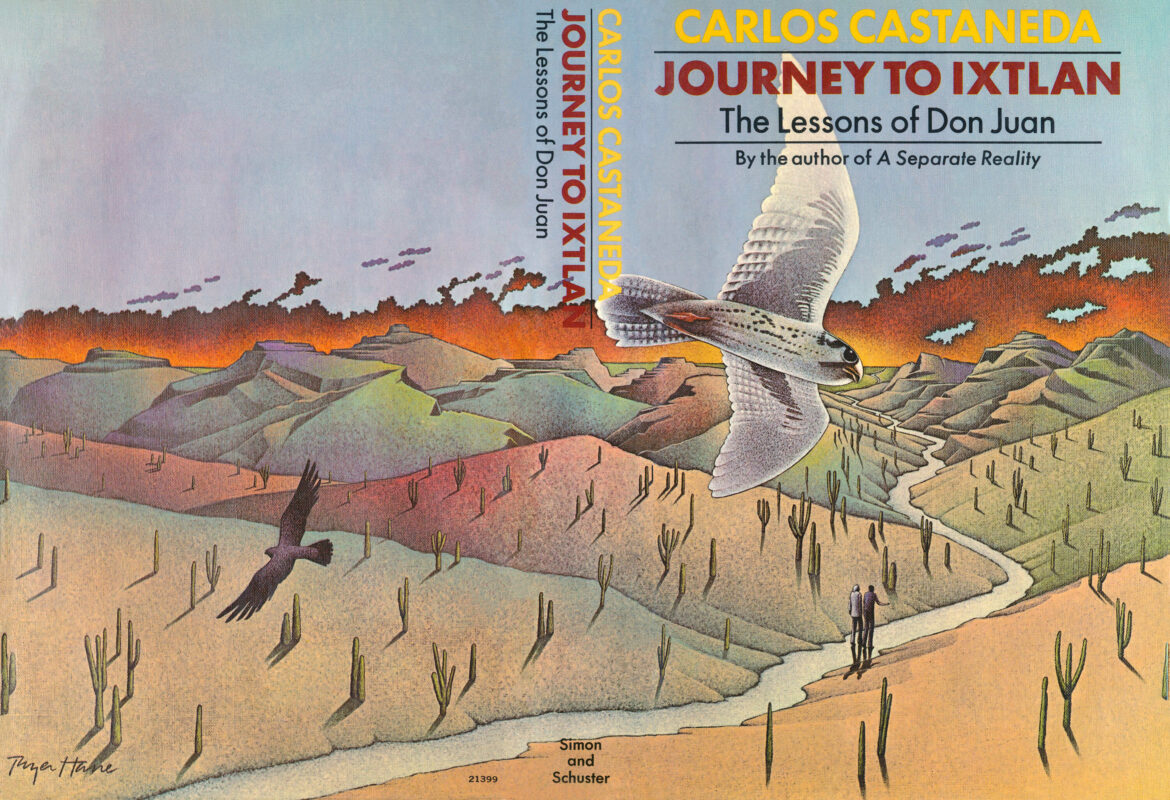The Active Side of Infinity – The Breaking Point
In this chapter, don Juan explains that sorcerers need a “breaking point” for inner silence to truly set in. He tells Castaneda that his breaking point is to leave his friends and his entire way of life, proposing that he “die” by isolating himself in a dilapidated hotel room until his “person”—his mind and its attachments—is gone. Castaneda initially refuses, and don Juan leaves him, seemingly for good. After a period of feeling elated and free, Castaneda’s old life resumes until his complete and frightening identification with a self-sabotaging friend pushes him to his own breaking point. He spontaneously rents a room in a Hollywood hotel and stays for months until his old self “dies.” Later, mired in a new, meaningless life and contemplating suicide, don Juan reappears. He tells Castaneda that he has finally reached his breaking point and gives him one hour to dissolve his current life before meeting him in Mexico. Failing to meet the deadline, Castaneda uses a technique to achieve inner silence and “dreams” he is with don Juan, who confirms he made the journey not through a dream, but through his inner silence.
The Active Side of Infinity – The Breaking Point Read More »



